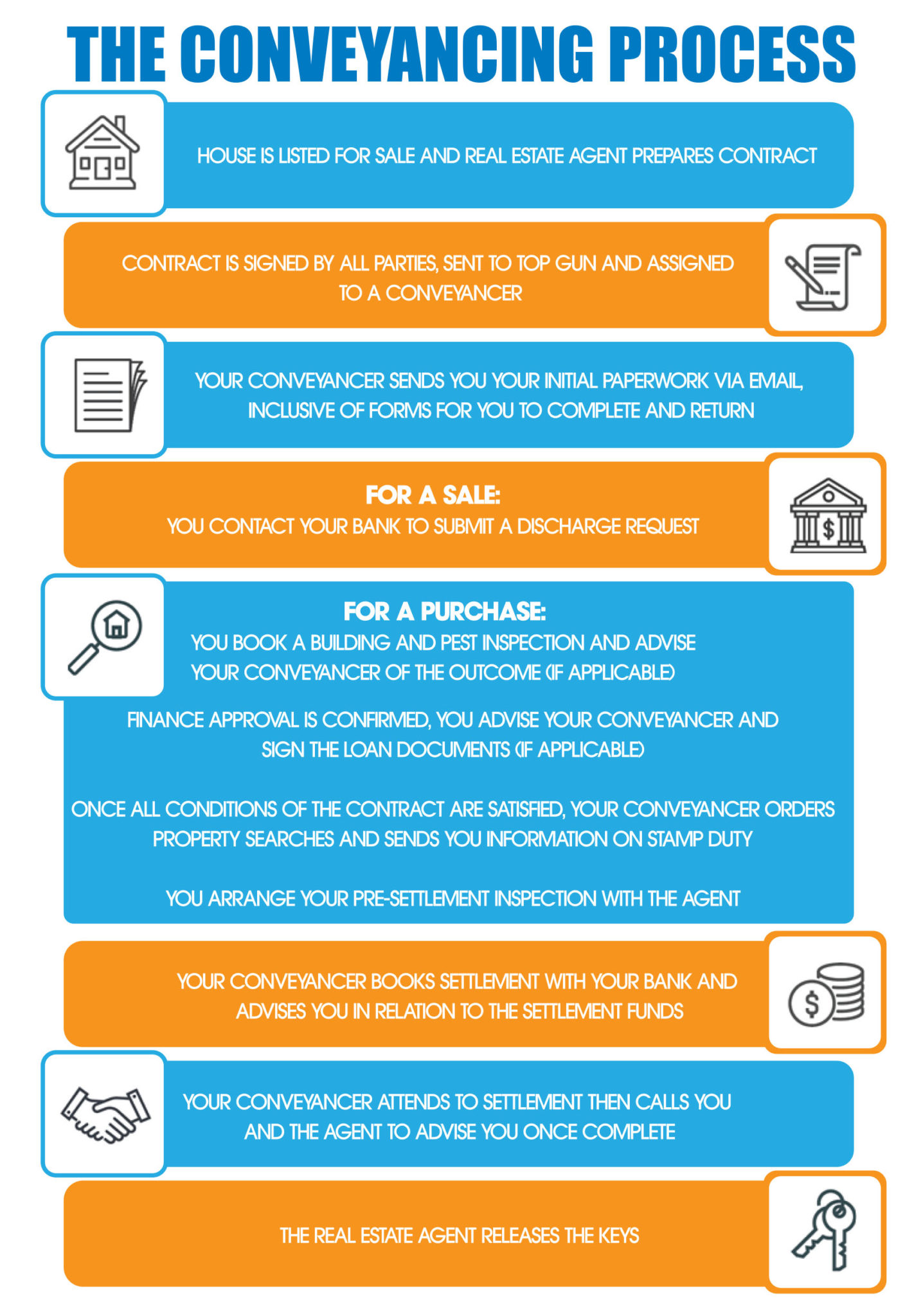When you buy or sell a house in Australia, you’ll need to complete various processes. Conveyancing is also known as the transfer of property. Most of the work is done by completing searches and obtaining all the relevant information on the property. Conveyancing in Australia differs depending on the state and territory you’re in. While you can buy or sell a house in Australia without the assistance of a conveyancing solicitor, it is still essential to know the details of the process.
Buying or selling a property
When you are looking to buy or sell a property in Australia, several steps are taken. You can find out about these steps on a property search website. The first step in purchasing a property in Australia is identifying the price range you are comfortable with. A good real estate agent can help you with this step. You will incur several fees when buying or selling a property in Australia. The fees range from five to seven percent of the purchase price. These fees include the Land Transfer Tax (LTA), government taxes, legal fees, and settlement costs.
Once you have found a property you like, you should get pre-approval from a bank or mortgage broker. It will prevent delays in the process. A strong housing market in Australia can shorten a property’s shelf life. If you have pre-approved financing, you can act quickly on an excellent investment. In addition, real estate agents can recommend different utility providers in your area. Getting pre-approved will give you peace of mind and help you buy the right property for you.
Contract of sale
The contract of sale, or sales agreement, is the legal document that governs the transfer of property in Australia. Depending on the state, this document may contain slightly different information, such as the name and address of the property and the names and contact details of the buyer and seller. It should also detail the terms of payment and any loans if any. The contract should also specify the amount of the seller’s initial deposit, the final sale price, and any cooling-off period.
The contract must be read carefully before signing. The cooling-off period is five business days, which a Buyer may exercise within that time frame, but will incur a fee of 0.25% of the contract price. The buyer will also have to meet any deadlines specified in the contract, including finance, building report, and payment of a split deposit. However, once the contract has been exchanged, the buyer’s right to cancel the transaction will lapse.
Vendor’s statement
A vendor’s statement is an essential part of the conveyancing process in Australia. It includes the results of road, land tax, and title searches and any encumbrances on the property. The statement is meant to fully disclose all the relevant information to the prospective buyer before the final contract is signed.
The Vendor’s Statement is a mandatory statutory disclosure document that a seller must present to a prospective purchaser. It contains information about the property that may not be apparent during a physical inspection, such as notices from authorities or copies of owners’ corporation certificates. The Vendor’s Statement is also known as Section 32. Providing this document to the buyer is essential to the successful conveyancing process.
When preparing a vendor’s statement, the seller must make a disclosure statement that is factually accurate and comprehensive.
Electronic conveyancing
The advantages of e-conveyancing over paper settlement are many. First, it reduces the amount of paperwork involved. Second, it reduces the time-consuming process of completing documents. By removing the need for bank cheques, eConveyancing saves time and money for everyone involved. Legal Vision said there is no need for settlement agents and couriers. Third, e-conveyancing eliminates the need for a solicitor.
The benefits of e-conveyancing include the elimination of the need for hard copies of documents and the elimination of the need for a physical settlement. The process of e-conveyancing requires the creation of an electronic workspace. PEXA, an online property exchange network, makes settling a financial transaction easier, reduces settlement preparation time, and limits post-settlement tasks.
You may also visit jamesonlaw.com.au to get a professional conveyancing lawyer on your side, and they will surely guide you through the process.

